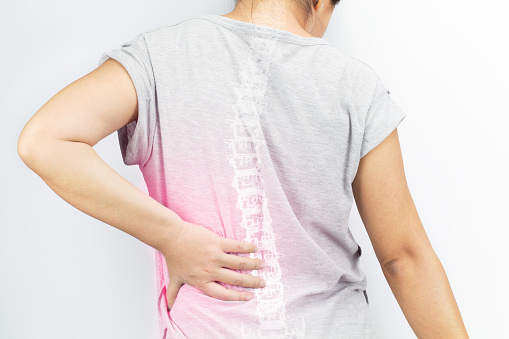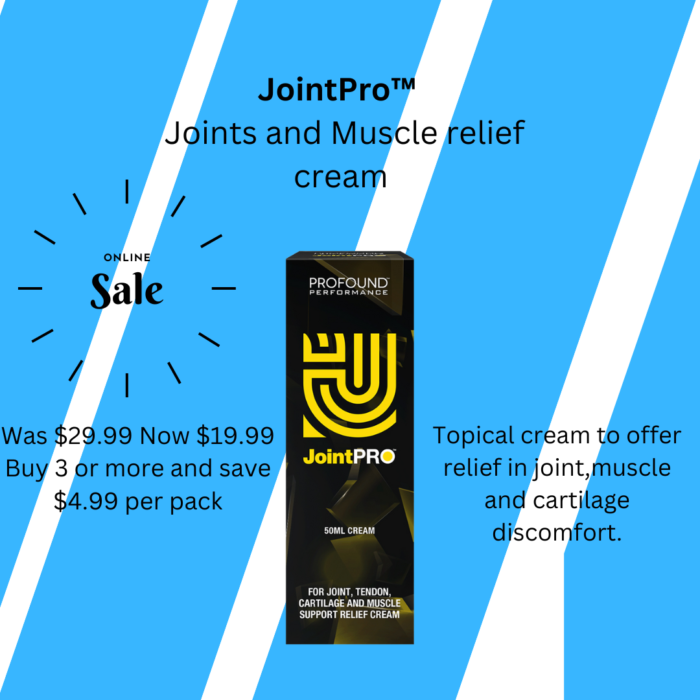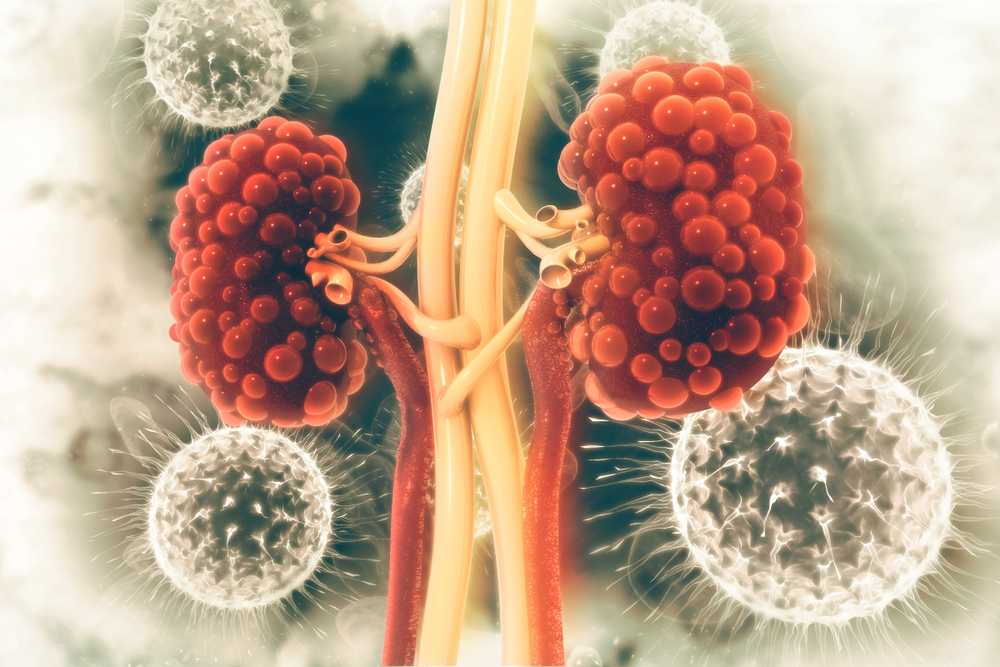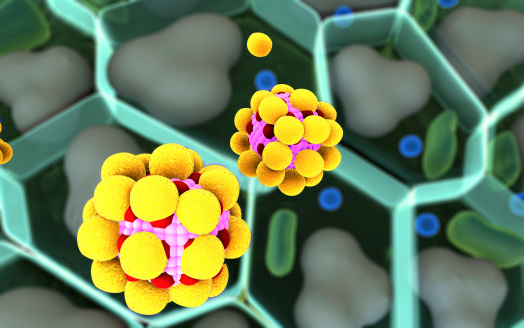
Is it a painful experience?
October 19th, 2017Most of us experience pain whether that is a result of a cut, a muscle sprain, a broken bone or disease.
There is a rare condition called Congenital Analgesia, this is when a person doesn’t experience pain at all. As much as that may sound like a good thing, it can be life threatening. Pain is an indicator that something is wrong in your body. If you don’t experience a pain sensation then you could be unaware of an injury or life-threatening condition.
OMIM (Online Mendelian Inheritance in Man) is a database for information about genetic resources. It is authored and edited at the McKusick-Nathans Institute of Genetic Medicine, Johns Hopkins University School of Medicine, under the direction of Dr. Ada Hamosh. In the article ‘Indifference to pain, congenital, automsomal recessive; CIP inheritance’, it lists conditions that can be associated with Congenital Analgesis. Problems found within the ears, nose, mouth and feet. Skeletal issues such as bone deformities resulting from untreated fractures and the effects on the nervous system.
About one in a million people are thought to be born without a sense of pain. Scientists studying the condition have now identified mutations in a gene called PRDM12. The study found that mutations in both copies of the gene that a person inherits from their mother and father, who are unaffected carriers of the defective gene – results in all the pain sensors of the body being turned off from birth.
“The ability to sense pain is essential to our self-preservation, yet we understand far more about excessive pain that we do about lack of pain perception,” said Professor Geoffrey Woods from the Cambridge Institute for Medical Research at Cambridge University. Scientists hope to better understand the nature of pain and how to combat it in patients who suffer from long-term, chronic pain.
“We are very hopeful that this new gene could be an excellent candidate for drug development, particularly given recent successes with drugs targeting chromatin regulators in human disease,” said Ya-Chun Chen from Cambridge University, the first author of the study. “This could potentially benefit those who are at danger from lack of pain perception and help in the development of new treatments for pain relief,” Dr Chen said. (1)
We all deal with pain in a different way to some degree. There are many factors associated with pain. Pain is subjective and it’s hard to define. It is an unpleasant emotional and physical sensation resulting in tissue damage or worse. It is a warning signal to your brain that something is wrong. Something is causing damage and actions need to be taken.
If ignored or masked for too long with incorrect treatment it could be fatal.
PMC, the US National library of medicine reports on the individual differences in the subjective experience of pain. They state that the individual differences in pain sensitivity have long remained a perplexing and challenging clinical problem. How can one individual have a sensory experience that is vastly different than that of another, even when they have received similar sensory input? (2)
What happens when you cut yourself with a knife?
It’s normally a painful experience.
You bleed. You feel a sharp pain and then a stinging dull aching sensation but eventually, those feelings of pain and discomfort do go away if treated correctly.
What is pain perception? Otherwise known as nociception, pain perception is the process where painful stimulation is sent from the area of infliction to the central nervous system. The infliction could be pressure, punctures, cuts or burns for example and a nerve ending located in that area senses a painful experience. The nerve ending signals to the central nervous system, the brain receives the information then further processing and actions start to take place.
What are neural pathways? Nociception uses different neural pathways like touch, pressure and temperature. Neural pathways are like channels in which the sensation travels from the infliction. When you put your elbow on a table, the first group of neurons to respond are normal somatic receptors. When you bang your elbow on a table and knock your funny bone, pain is experienced and nociceptors are activated.
How do neurons travel?
Normal sensory neurons and nociceptor neurons travel in peripheral sensory nerves. Cell bodies belonging to the neurons lie in the dorsal root ganglia of peripheral nerves, located inside the spine.
Normal sensory neurons are insulated and conduct quickly. Nociceptor neurons are less insulated and are slower.
What factors play a part of the pain reception and perception when you have cut yourself with a knife?
- A mechanical stimulation from the sharp object
- A release of potassium from the insides of the damaged cells and prostaglandins, histamines and bradykinin invade the area – from the immune cells to the area of inflammation
The first thing you may feel when you cut your hand is an intense pain at the moment of the injury. The signal for this pain is conducted rapidly by the A δ-type nociceptors. The pain is followed by a slower, prolonged, dull ache, which is conducted by the slower C-fibers.
The pain signals from your cut hand travel into the spinal cord through the dorsal roots. There, they make synapses on neurons within the dorsal horn. They synapse on neurons within the spinal cord segment that they entered and also on neurons one to two segments below and above their segment of entry. These connections relate to a broad area of the body, this could be why it’s sometimes hard to find the exact location of pain, especially internal pain. The secondary neurons send their signals upward through an area of the spinal cord’s white matter called the spinothalamic tract. This area has multiple channels where traffic from all of the lower segments goes up the spinal cord. The signals of the spinothalamic tract travel up the spinal cord through the brain stem and synapse on neurons in the thalamus, this is the brain‘s relay center. Some neurons also synapse in the medulla’s reticular formation, which controls physical behaviors.
Nerves from the thalamus send the signal to various areas of the brain’s somatosensory cortex.
When the brain receives the pain information, some signals go to the motor cortex, then down through the spinal cord and to the motor nerves. This process would cause muscle contractions to move your hand out of the way of whatever is causing the pain. The pain from the cut on your hand eventually subsides or reduces to a lower intensity.
Some of the pain relief comes from the stimulation of natural pain-relieving opiate neurotransmitters called endorphins, dynorphins and enkephalins.
Thoughts and emotions can affect pain pathways. So, several factors, physiological and psychological, can influence our pain perception.
Older people tend to have a lower pain threshold. The brain degenerates with age so there are more issues dealing with pain. Women tend to have higher sensitivity to pain than men. Sex related genetics and hormones play a part in that. Our pain threshold can also be influenced by past experiences and when the body is tired or stressed the ability to deal with pain is more challenging.
Acute pain is normally associated with an injury to the body. It alerts the body of potential damage that requires action from the brain. It can happen quickly or develop over time. It can last for a few minutes or months until the injury heals.
Chronic pain is persistent long after a painful experience starts. Chronic pain doesn’t warn the body and normally lasts for a long period of time.
Cancer or malignant pain is associated with tumors. Tumors put pressure on nerves or blood vessels and can damage healthy tissue. Cancer pain can be associated with chronic pain.
There is the rare genetic disorder where a body is unable to feel pain, Congenital Analgesia, as mentioned earlier. It can be a life threatening condition because pain serves as a warning sign and if you are unable to experience that then you could be unaware of an injury or other health issues.
Pain can be dealt with in different ways. It can be managed with medications, supplements, or surgery or alternative treatments. Quite often hypnosis, acupuncture, massage therapy or manipulation is used to help deal with pain.
Different types of medication can act in different places in the pain channels or pathways. It is best to seek advice as to what is appropriate for the type of pain you may be experiencing. You may be recommended to take non-opioid analgesics such as aspirin, acetaminophen, ibuprofen or naproxen. These analgesics tend to act at the site of the pain.
Opioid analgesics such as morphine, meripidine, propoxyphene, fentanyl, oxycodone and codeine are used for a higher level of pain relief but they can become addictive.
Co-analgesics such as lidocaine, novocaine and benzoncaine tend to be used to treat neuropathic pain and chronic pain that comes from an injury to the central nervous system.
Some people like to treat pain management with supplements. Read more about PAE capsules here.
In extreme cases, surgery may be needed to manage pain. To sever pathways and alter the areas of the brain associated with pain perception. Destroying peripheral nerves or destroying tracts in the spinal cord, but these procedures are normally last resort. Certain surgery may involve removing a part of the body that is creating pain. For example, removing part of a disc in the lower back which could relieve pressure on the nerve.
Sometimes the use of anti-inflammatory medication and a pain relief gel is enough to prevent surgery. (3)
There are alternative therapies to pain management or relief. A chiropractor manipulates joints to relieve compression on the nerves. Massage stimulates blood flow and relieves muscle spasms. Hot applications can also increase blood flow and cold applications can reduce inflammation. Stimulation of the skin with small electrodes can also help with pain relief.
Mental control of pain relief relies on the ability of the person to control the mind and emotions. Using relaxation techniques such as hypnosis, biofeedback and distraction techniques.
In a lot of cases, pain management should involve the participation of doctors. If it is having a big impact on your everyday living it might be relevant to involve family members or other caregivers. Consideration should be given to the source of the pain, pain tolerance and the risk or benefits of treatment. There isn’t an absolute measurement of the degree of pain, pain is subjective. Numeric pain ratings are one way of measuring pain intensity on a scale of 0-10. 0 being no pain at all and 10 be unimaginable pain.
If you suffer pain you need to find the right treatment for you. Seeking advice and maybe trying alternative therapies.
PEA capsules are a natural painkiller. Palmintoylethanolamide has been shown to bind to the receptor in the cell nucleus that relates to chronic pain and inflammation.
Palmitoylethanolamide (PEA 100% PURE)
PEA is a fatty acid and is made by your body. The key function is cell protection, anti-inflammatory and pain relief. It protects against damage caused by oxygen deprivation, damaged caused by inflammation or mechanical damage.
Palmitoylethanolamide can boost the effect of regular pain killing medication. It has anti-tumour effects and protects the nerves when going through chemotherapy. The mix of R-alphalipoid acid and PEA has a synergetic effect of diabetes – cell protection and analgesia.
When it comes to chronic and neuropathic pain, the combination of acetyl L-camite and vitamin D3 with PEA improves the analgesic effect. A vitamin B complex in low doses helps the analgesic effect of PEA. There are no known side effects with the use of PEA and it is considered suitable for children and elderly people. In addition to that, it is a suitable painkiller for animals.
The PEA capsules can help with the following:
CHRONIC PAIN:
- Arthrosis
- Migraine
- Pelvic disorders
- Prostate diseases
- Endometriosis
- Chronic low back pain
- Chronic unexplained abdominal complaints
- Neck pain and whiplash injuries
- Fibromyalgia
NEUROPATHIC PAIN:
- Hernia
- Nerve entrapment syndromes
- Shingles
- Multiple sclerosis
- Pains and spasm post-stroke
- Chronic idiopathic axonal neuropathy
- Diabetes type 1 and 2
- Chemotherapy and radiation for cancer
- Neuralgic pains
- Pains in ALS
CHRONIC INFLAMMATION
- Chronic low-grade inflammation
- Inflammatory bowel disease
- Metabolic syndrome
- Vaginitis, vulvodynia, vestibulitis
- Bladder pain syndrome
- Prostatitis
- Arthritis
PEA capsules can be used in conjunction with the Joint Pro peptide pain relief cream.
Joint Pro is an effective pain relief cream. It’s a natural approach to pain relief for your joints so you don’t need to worry about long term health side effects. It penetrates the skin deeply and rapidly reduces inflammation and swelling. Instead of just masking the pain it can speed up recovery. With its optimal purity, it results in safe effective pain relief.
For more information on PEA Capsules follow this link: http://bit.ly/PEACaps
References:
1. Baxter, D. W., Okzewski, J. Congenital universal insensitivity to pain. Brain 83: 381-393, 1960. Contributors: Cassandra L. Kniffin – updated : 10/28/2014
The Independent – The people who can’t feel pain. Scientists discover cause of rare inherited condition that turns off pain sensors. Professor Geoffrey Woods – Cambridge University for Medical Research.
- Robert C. Coghill, Ph.D. Author manuscript; available in PMC 2011 Oct 1. Individual Differences in the Subjective Experience of Pain: New Insights into Mechanisms and Models. Published in final edited form as: Headache. 2010 Oct; 50(9): 1531–1535. doi: 10.1111/j.1526-4610.2010.01763.x
- How pain works by Craig Freudenrich, PH.D.
- American Pain Society. “Pain: Current Understanding of Assessment, Management, and Treatments.”http://www.ampainsoc.org/ce/enduring.htm
- Besson, JM. “The Neurobiology of Pain.” Lancet 353: 1610-1615, 1999.http://www.ub.uio.no/umn/farm/pbl/artikler/Neurobiology%20of%20pain.pdf
- Fine P, Portenoy RK. “Opioid Analgesia.” McGraw Hill, 2004
- Hamilton, PS. “Michigan: Pain and Symptom Management.”http://www.criticalcareceu.com/courses/151/index_ccare.html
- Hudspith, MJ et al. “Physiology of Pain.”http://intl.elsevierhealth.com/e-books/pdf/1198.pdf
- Jackson, M. “Pain and Its Mysteries.” Adapted from “Pain the Fifth Vital Sign,” 2002.http://fleen.psych.udel.edu/articles/AEP04.3.12.PDF
- Koman, K. “The Science of Hurt.” Harvard Magazine, Nov.-Dec. 2005.http://www.harvardmagazine.com/on-line/110523.html
- Krames, E. “The Neurobiology of Pain.”http://pacpain.com/docs/PPTC_Neurobiology-painforweb.pdf
- Massage & Bodywork Magazine. “Making Sense of Back Pain Part One.”http://www.massageandbodywork.com/Articles/JuneJuly2006/backpain.html
- Massage & Bodywork Magazine. “Making Sense of Back Pain Part Two.”http://www.massageandbodywork.com/Articles/AugSep2006/backpain.html
- Massage & Bodywork Magazine. “The Pain Game Part One.”http://www.massageandbodywork.com/Articles/JuneJuly2006/paingame.html
- Massage & Bodywork Magazine. “The Pain Game Part Two.”http://www.massageandbodywork.com/Articles/AugSep2006/paingame.html
- McMahon, S and D Bennett. “Pain Mechanisms, Nature Reviews Neuroscience” poster.http://www.nature.com/nrn/posters/pain/nrn_pain_poster.pdf
- Acad. Sciences Colloquium. “The Neurobiology of Pain.” National Academies Press, 1999.http://www.nap.edu/openbook.php?isbn=0309065488
- NCI: Pain Control. “A Guide for People with Cancer and Their Families.”http://www.cancer.gov/cancertopics/paincontrol/page1
- “Neuroscience for Kids: Pain”http://faculty.washington.edu/chudler/pain.html
- NIDCR/NIH, Converging Pathways of Pain Research at NIDCR.http://history.nih.gov/exhibits/pain/index.html
- Pace, MC et al. “Neurobiology of Pain.” J Cell Physiol 209: 8-12, 2006.http://www3.interscience.wiley.com/cgi-bin/fulltext/112641486/PDFSTART
- Payne, R. “Cancer Pain: Anatomy, Physiology, and Pharmacology.”Cancer 63: 2266-2274, 1989.http://www3.interscience.wiley.com/cgi-bin/fulltext/112673169/PDFSTART
- Purves, D et al, “Neuroscience Chapter 10: Pain.”http://www.ncbi.nlm.nih.gov/books/bv.fcgi?rid=neurosci.chapter.675#top
- Society for Neuroscience. http://www.sfn.org/
- Brain Facts. http://www.sfn.org/index.cfm?pagename=brainFacts
- Nociceptors and Pain. http://www.sfn.org/index.cfm?pagename=brainBriefings_nociceptors
- Gender and Pain. http://www.sfn.org/index.cfm?pagename=brainBriefings_Gender_and_Pain
- Neuropathic Pain. http://www.sfn.org/index.cfm?pagename=brainBriefings_neuropathic
- Killing Cells to Kill Pain. http://www.sfn.org/index.cfm?pagename=brainBriefings_killing
- CellsToKillPain Cannabinoids and Pain. http://www.sfn.org/index.cfm?
- New Targets for Pain Relief. http://www.sfn.org/index.cfm?pagename=brainBriefings_painRelief
- Spine-health.com. “Modern Theories of Chronic Pain.”http://www.spine-health.com/topics/cd/pain/chronic_pain_theories/chronic_pain_theory01.html
- org. “Introduction to Chronic Pain.”http://www.healingchronicpain.org/content/introduction/default.asp
- Zichtermann, A. “Opioid Pharmacology and Considerations in Pain Management.” US Pharmacisthttp://www.uspharmacist.com/index.asp?page=ce/105473/default.htm









